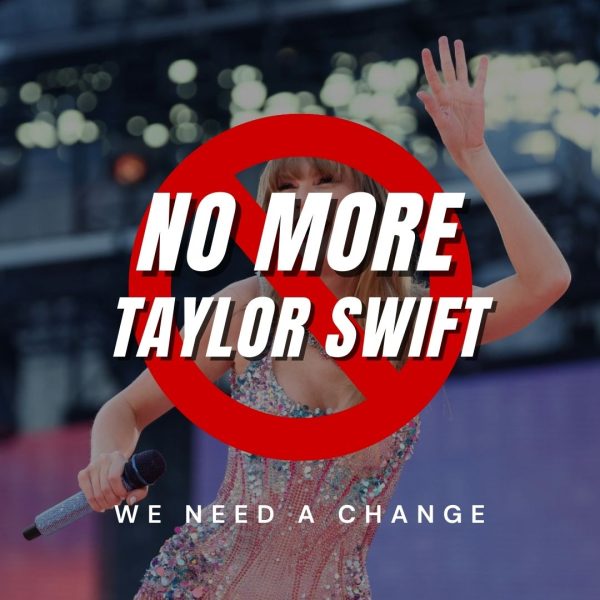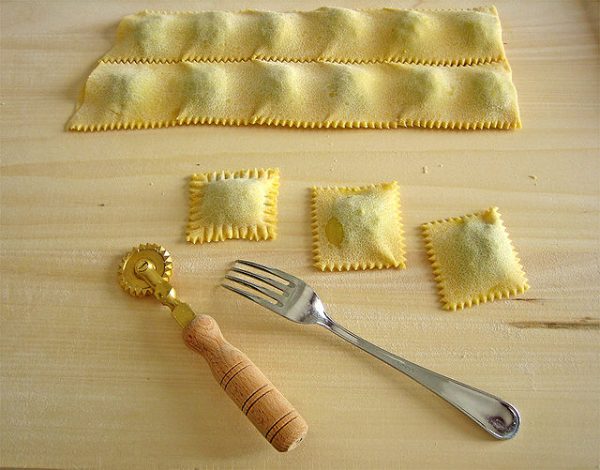The Controversy of Cheerleading

Freshman Rylee Kate Lamb cheered on the freshman boys football team (Photo by Gracie Zimmerman).
Depending on the source of choice, the definition for cheerleading includes the word “sport,” which is enough in and of itself. Britannica, although does not use the term sport to describe cheerleading, describes a sport as “a contest or game in which people do certain physical activities according to a specific set of rules.” Cheerleading is a physical activity that has a set of rules, including requirements and limitations based on level and experience. Therefore, Britannica indirectly considers cheerleading a sport. In order to get a diverse board of opinions, senior Jake Satterfield weighed in his opinion. He defines sports as “any competitive activity that makes your heart rate go up,” following by supporting that both sideline and competitive cheerleading can be considered sports.
When it comes to competitive cheerleading, very few disagree that it is a sport. On average, 16 in 17 people believe that competitive cheerleading is a sport. The one exception? Senior Josh Dixon believes that competitive cheerleading is not considered a sport. He claims he has “always been exposed to cheerleading in sports games,” but has never seen a competition, although he claims that neither sideline nor competitive are sports. Without knowledge of what a competition looks like, how reputable is that opinion? The fast paced competitions and the ability to win should be enough to convince anyone that the competition component of cheer is in fact a sport.
Sideline cheer, this is where most debate originates. Majority of people can agree that competition is a sport, as the name suggests, competing against other teams. A widespread opinion is that a sport contains competition, meaning competition cheerleading would be an obvious sport. However, many people disagree that sideline cheerleading is also a sport. Sophomore Priscilla Fulwilder, a current North cheerleader, believes that sideline cheerleading is not a sport, as it does not involve “going against another team or person.”
In support of both, senior Reagan McMichen, a former sideline and competitive cheerleader, believes that “…cheer is a sport. You’re on a team and you work just as hard as a football player.” While many may shake their heads in disagreement, the amount of effort and time put into cheerleading should be considered. A typical North sideline cheerleader should expect at least 6 hours of commitment each week, meaning sideline is no task for a slacker.
Speaking logistics, as of July 20, 2021, the Olympics Committee officially recognized Cheerleading as an Olympic sport. However, that is only extended to competition cheerleading. On a sideline standpoint, high school lettering considers participation in both competition and game day cheer as being a multi-sport athlete, but one of those types in addition to sideline is not considered “multi-sport athlete.” The question remains though, if you are able to letter in sideline, why would that not contribute to the title of multi-sport athlete?
Although the world will continue to differ on opinions, there is no doubt that work and effort goes into both competition and sideline cheerleading, regardless of if it is categorized as a sport or not.

Hello. I’m Gracie Zimmerman and this is (hopefully) my last year at North. I have been in journalism for zero years and I’m stoked to do extensive...











